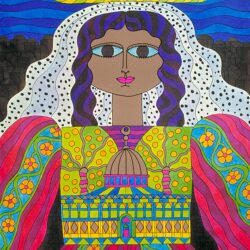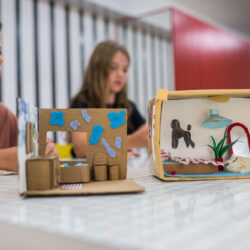Black: Masters of Black in Fashion and Costume


Throughout the past few centuries, in different ages and for different reasons, Western wardrobes have been coloured in black. Few colours have had such diverse connotations, from being the bearers of death and loss to being a symbol of wealth, eminence, piety, and even rebellion.
Visitor information
Location
MoMu - Fashion Museum Antwerp
Description of the exhibition
"Black: Masters of Black in Fashion & Costume" illustrates several historical phases of the colour black, with examples from painting, historical costume and contemporary fashion.
In the 16th and 17th centuries, Antwerp was one of Europe’s main centres for dying black textiles. Nobles and wealthy citizens wore black to have their portraits painted, following the fickle and fluctuating dictates of fashion set by the leading royal court of the day. Only in the latter half of the 19th century would new dying techniques make black widely accessible, so that it could be found in almost every wardrobe, the more so because it could now be worn by anyone in mourning.
In the early 20th century, black dominated the wardrobes of modernity, reaching its apex with Chanel’s Little Black Dress. Since the 1950s, black continues to reappear as the preferred colour of countercultures and is ubiquitous in the clothing of various subcultures and intellectual movements.
MoMu has selected several Belgian and international contemporary designers, all of whom have a specific relationship with the colour black, be it in the design process or in their contemporary interpretations of historic connotations of the colour black: Ann Demeulemeester, Olivier Theyskens, Dirk Van Saene, Givenchy (Riccardo Tisci), Chanel, Gareth Pugh, Comme des Garçons, John Galliano, Raf Simons, Yohji Yamamoto, Jurgi Persoons, and more.
Exhibition under the lead of
Curator: Karen Van Godtsenhoven | Scenographer: Bob Verhelst



